Legal form letter template
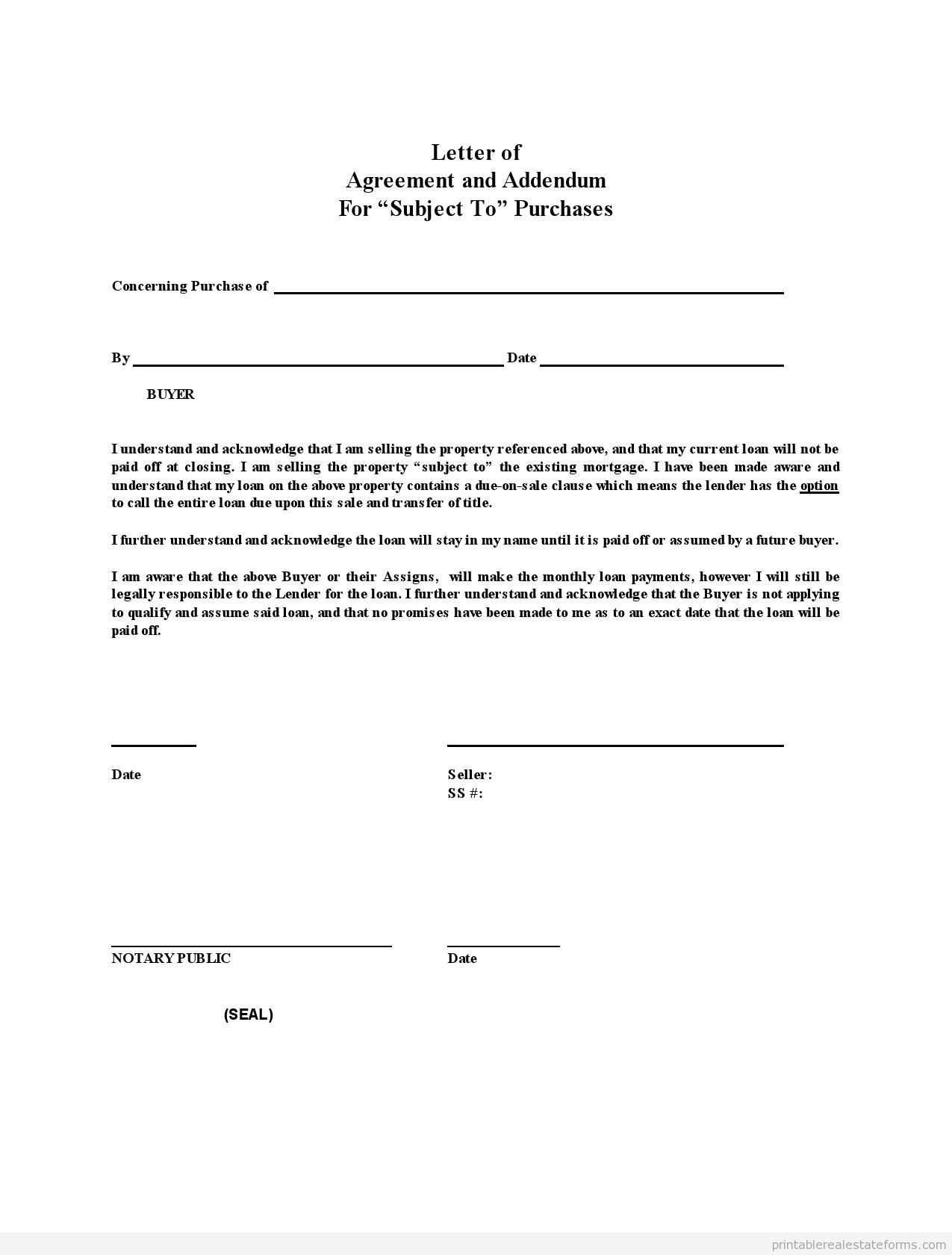
Key Elements of a Legal Form Letter
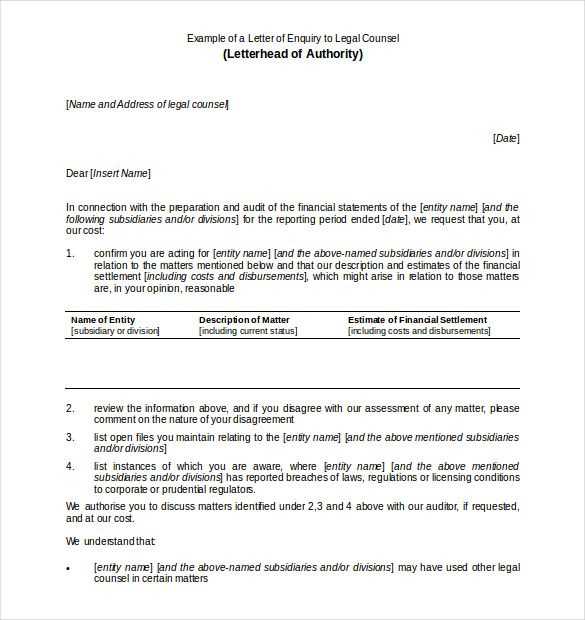
A legal form letter must clearly outline your purpose while adhering to proper structure and tone. It is essential to provide all necessary details without overloading the reader. Here’s a streamlined approach to drafting a letter that gets your point across efficiently:
- Header Information: Always include the recipient’s name, address, and the subject matter at the top of the letter. This ensures the reader knows exactly who the letter is for and the reason it was sent.
- Opening Statement: Begin with a direct statement regarding the purpose of the letter. Keep it concise and to the point.
- Body of the Letter: Provide clear facts or requests, supported by any necessary documentation or explanations. Avoid lengthy descriptions. Keep the message straightforward and professional.
- Closing Remarks: Finish by summarizing any action expected from the recipient, if applicable, and state your willingness to provide further information or clarification.
- Signature: Always sign the letter to confirm its authenticity and your personal commitment to the content.
Legal Letter Template Example
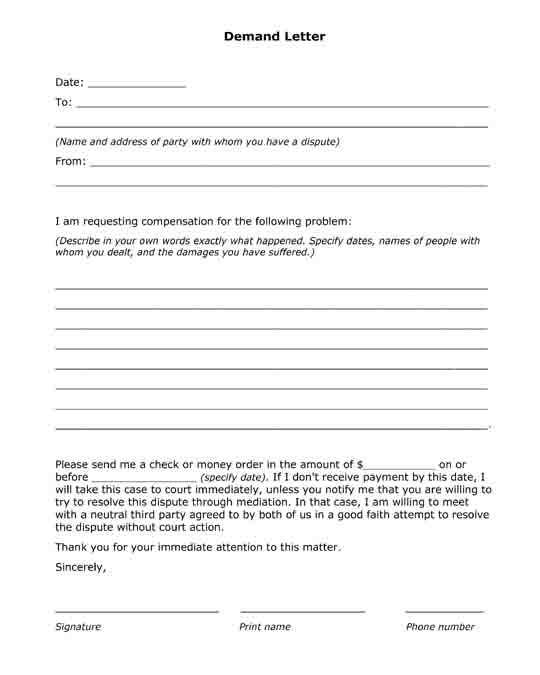
Here’s a basic template to guide your writing:
[Your Name]
[Your Address]
[City, State, Zip Code]
[Email Address]
[Phone Number]
[Date]
[Recipient’s Name]
[Recipient’s Address]
[City, State, Zip Code]
Subject: [Topic of the Letter]
Dear [Recipient’s Name],
[First paragraph – state the reason for the letter in a clear and formal tone.]
[Second paragraph – outline the facts, request, or action required.]
[Third paragraph – mention any supporting documentation or further details, if applicable.]
[Closing remarks with a call to action, if necessary.]
Sincerely,
[Your Name]
Tips for Crafting an Effective Legal Letter
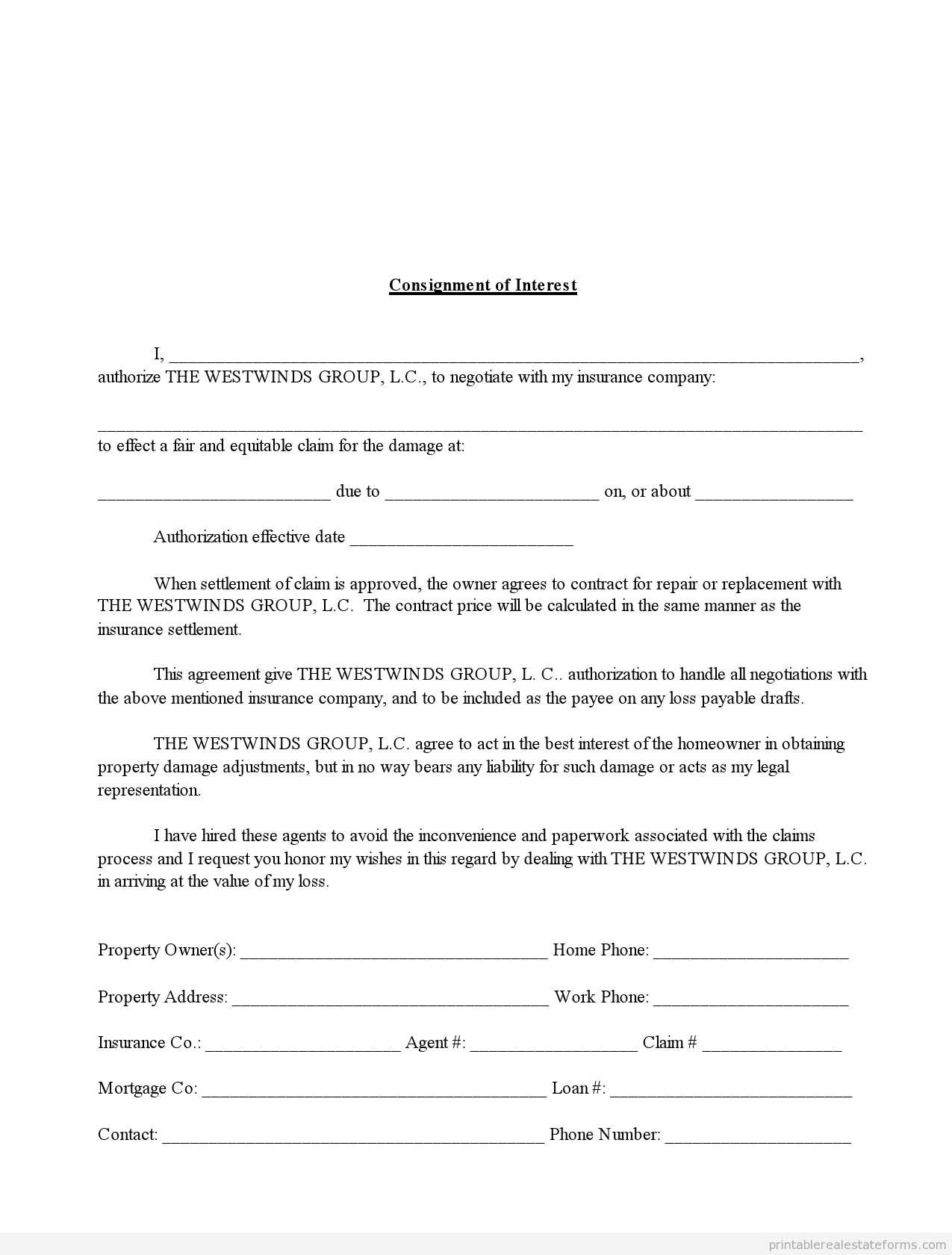
- Be direct and precise: Avoid unnecessary language or filler. Stick to the facts and ensure that your message is clear.
- Stay formal: Use professional and neutral language throughout. Legal letters should maintain a respectful tone.
- Proofread: A letter with mistakes may not reflect your message accurately. Double-check for any errors in spelling or grammar.
Legal Form Letter Template
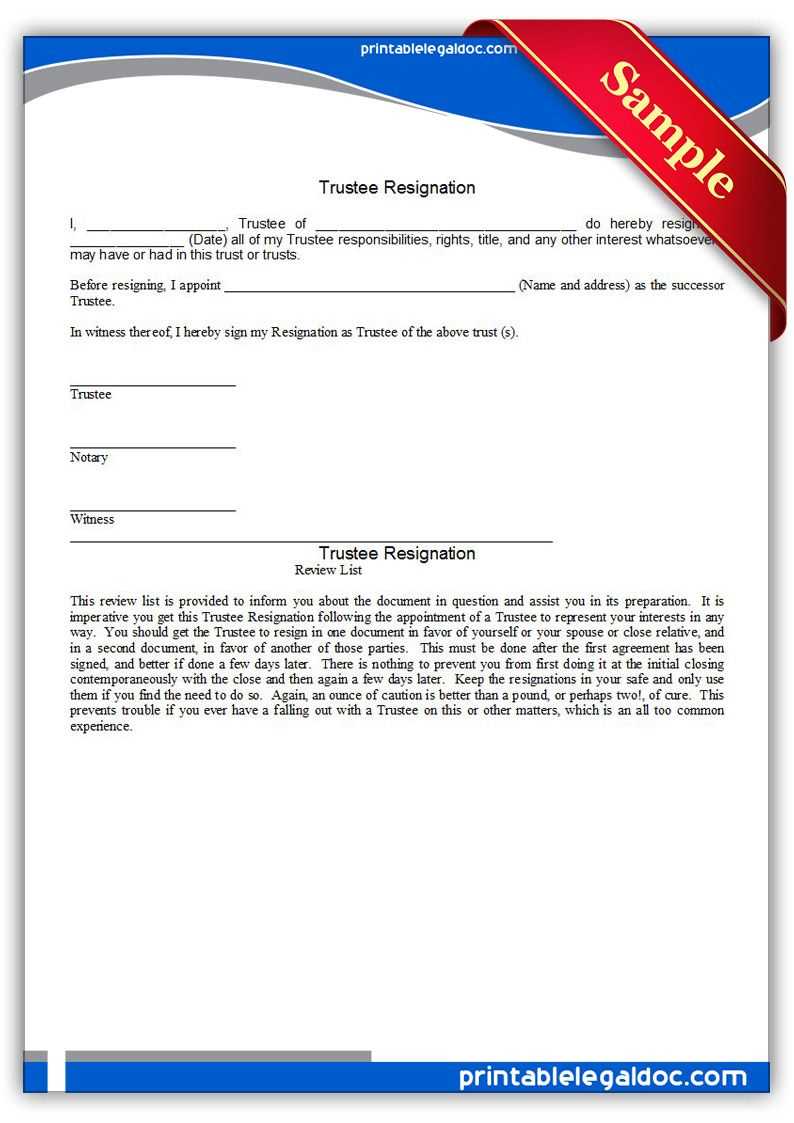
To draft a professional legal document, begin by understanding the purpose and the audience for your letter. Focus on clarity and brevity, ensuring that all necessary details are presented in a straightforward manner. Structure your document logically, starting with a clear introduction that states the reason for the communication. Follow this with the body, which contains the key details or requests, and conclude with a polite but firm closing.
The key elements of a legal form letter include the sender’s and recipient’s contact information, a subject line or reference, the date, a clear opening statement, the body with detailed information or action required, and a formal closing. Make sure to include any necessary legal references, such as relevant statutes or contracts, to support your claims or requests.
Common errors to avoid include vague language, excessive jargon, or emotional tone. Be precise and concise, avoiding unnecessary information that can dilute the main message. Double-check the spelling, grammar, and formatting of your document to avoid unprofessional errors that could weaken its credibility.
Choosing the right tone is critical when drafting a legal document. The tone should be formal, respectful, and direct. Avoid being overly casual or too confrontational. Tailor the language to reflect the seriousness of the matter and the relationship between the parties involved.
To personalize a letter template for legal use, adapt the content to the specific circumstances. Replace generic placeholders with accurate information and ensure that the details align with the legal requirements of the situation. Personalization also involves ensuring that the document addresses the unique aspects of the case or dispute.
Properly formatting a legal document helps convey professionalism and ensures it complies with legal standards. Use clear headings, bullet points for lists, and standardized fonts. Pay attention to spacing, margins, and alignment to ensure the document is visually appealing and easy to read.